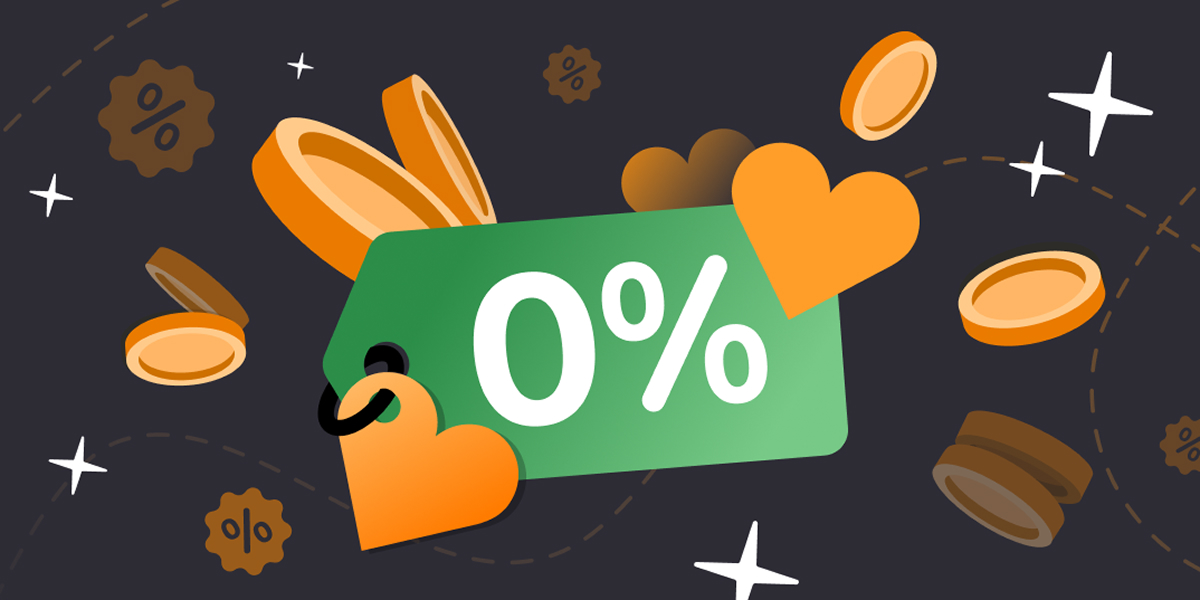NC Wallet News
View allTricky Question
Are Cryptocurrencies Resistant to Inflation?

Traditional (fiat) money has an unpleasant feature — it loses buying power over time. It means that at the end of the year you can buy fewer goods for the same amount than at the beginning. The fall in the purchasing power of money and the general price increase is called inflation. What about “crypto assets”? Are they resistant to inflation? Today we will clear things up.
Above all, there is no consensus on what inflation is in the world of cryptocurrencies. Furthermore, various coins and tokens are built using different principles
Let’s consider, for example, Bitcoin. On the one hand, BTC price, as well as purchasing power, has only risen since its foundation. On the other hand, its supply also has increased. And, by definition, inflation is driven by the rise of funds in circulation. So from this point of view, BTC is an inflationary asset.
Despite these contradictions, Bitcoin inflation is commonly considered to be more predictable and low compared to traditional money. Why? Firstly, the total amount of BTC that will be minted is strictly limited by the number of 21 million coins. When the last bitcoin is mined, its issuance will stop. Secondly, the fact that mining is an extremely difficult and energy-consuming process also restrains the level of inflation — no one can just "print" new BTC. In this sense, Bitcoin acts more like gold: a resource that is scarce and resistant to losing its purchasing power. And finally, BTC is more independent of governmental manipulation and politics compared to paper money. For instance, a government can conceal real banknote issuance. While in the Bitcoin blockchain, the number of newly mined coins is transparent and available to track.
If we talk about ETH or MATIC, other instruments are used to control inflation and the amount of currency in circulation. The part of newly minted coins is “burned” or sent to a wallet that no one has access to. This restrains the number of the “new coins” and protects these currencies from the high pace of inflation.
Speaking about inflation, it is also crucial to analyse token distribution because it can help to estimate its possible rate and the real amount of currency in circulation. The distribution describes the proportions of tokens in which different users own them. The more tokens are concentrated in a few hands, the more the risk that suddenly the huge cryptocurrency amount will get into rotation causing an inflation surge.
Knowing more about cryptoeconomics, allows you to manage your assets with more assurance. Keep on learning and sharing!

Recently Added

4 more coins on Binance network

All fees are covered by NC Wallet


 en
en de
de
 fr
fr
 es
es
 it
it
 ru
ru
 pt
pt